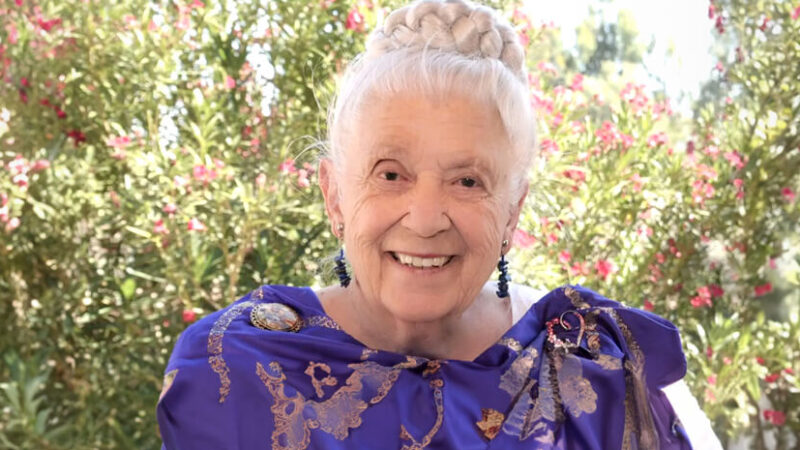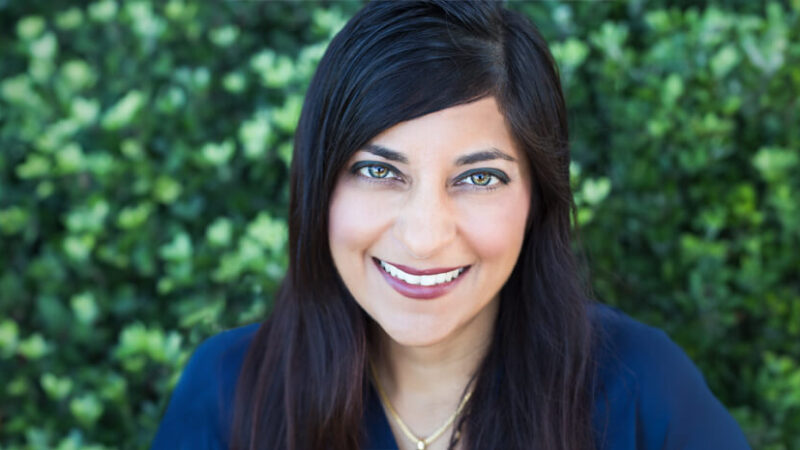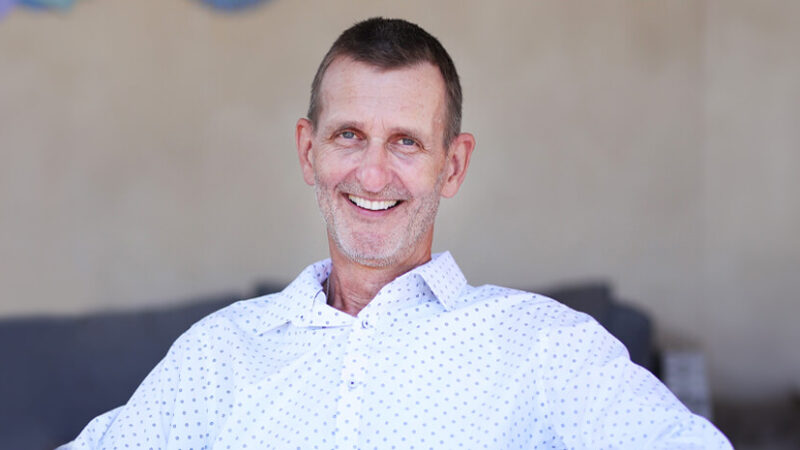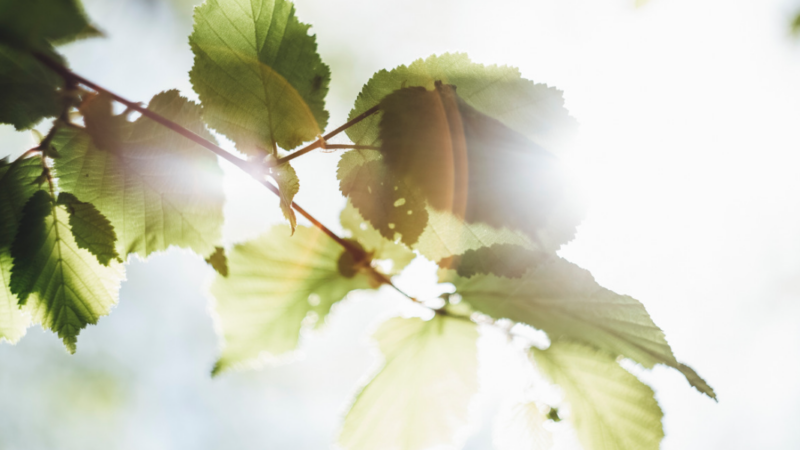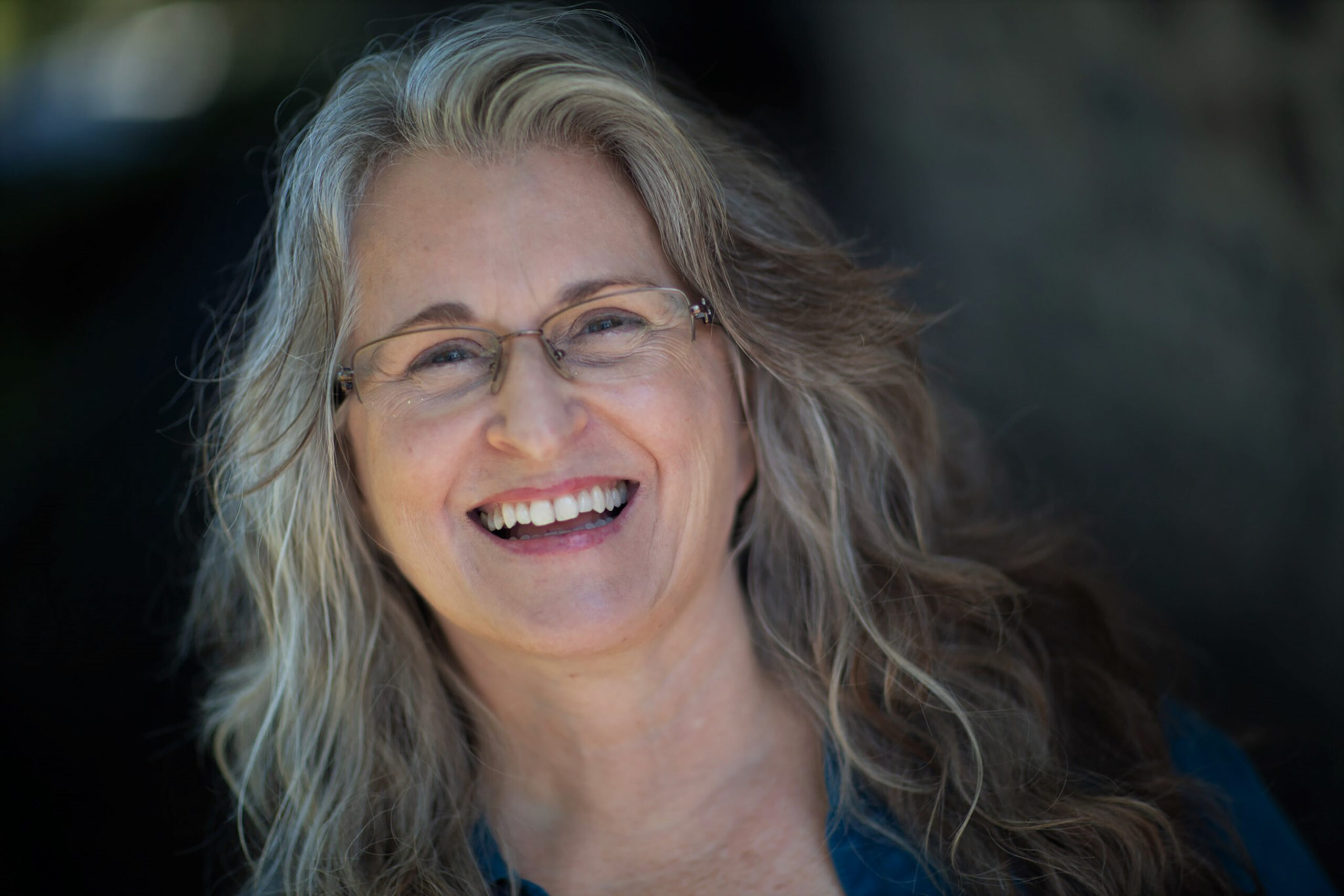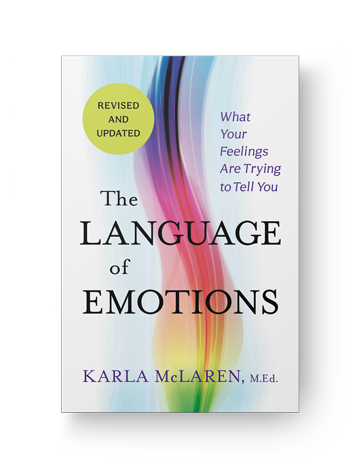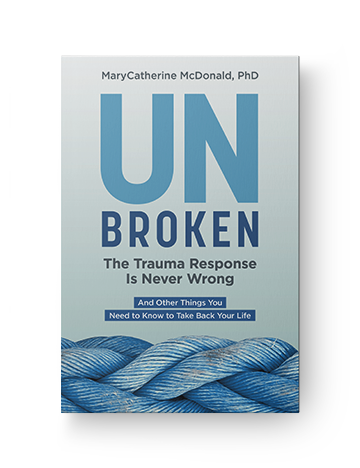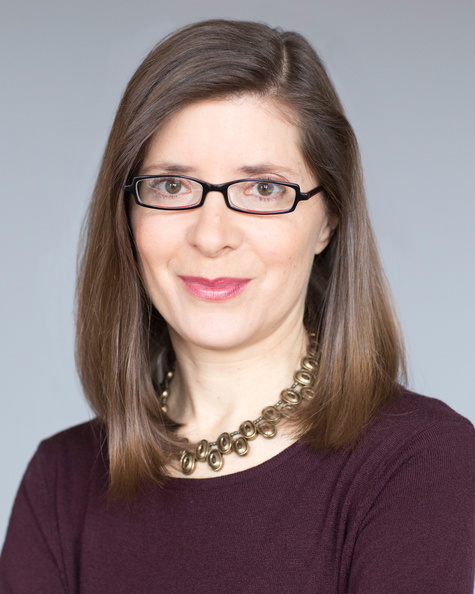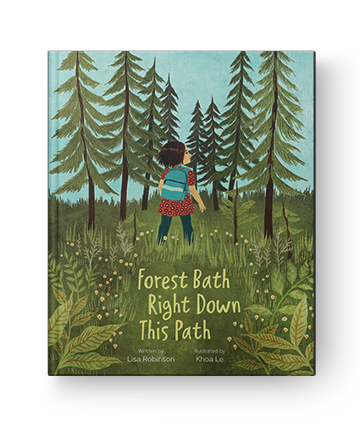Gladys McGarey: Activating Our Life Force with Love
At the ripe young age of 102, physician, author, and great-great-grandmother Dr. Gladys McGarey maintains an active consulting practice and in 2023 published her most recent book, The Well-Lived Life. Widely considered the mother of holistic medicine, Dr. Gladys is a cofounder of the American Holistic Medical Association who for more than 60 years has influenced the way we view health, healing, and self-care.
In this podcast, Tami Simon speaks with Dr. Gladys about her remarkable life—including where she finds “the juice” that fuels her ongoing accomplishments—sharing invaluable insights into keeping life alive as we grow older; offering our light to those who need it; the art of contacting the physician within the patient; coming back to health through “the trickle around the dam”; trusting your inner knowing; how everything in life is a teacher; love as the essence of healing; overcoming fear; the choice to be glad; the five Ls—life, love, laughter, labor, and listening—and how they intersect; reincarnation and karma; Dr. Gladys’s vision of “a village for living medicine”; and more.
Note: This episode originally aired on Sounds True One, where these special episodes of Insights at the Edge are available to watch live on video and with exclusive access to Q&As with our guests. Learn more at join.soundstrue.com.
